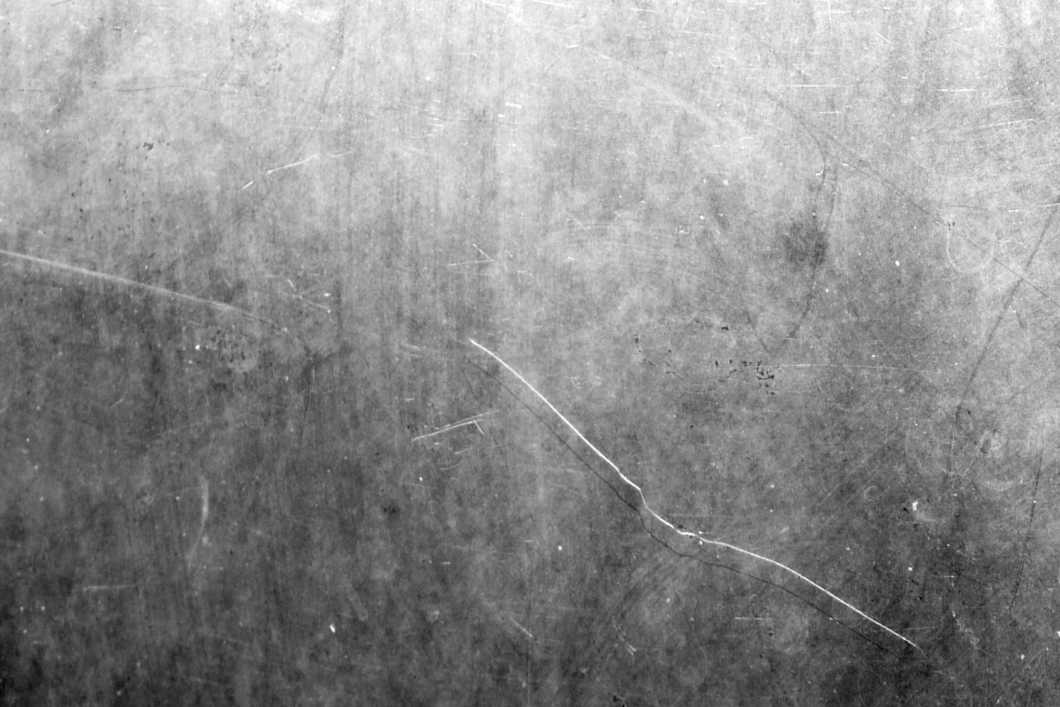GD-OES analysis
Glow-discharge optical emission spectroscopy (GD-OES) is a quantitative technique ideal for quick depth profiling of materials even over large depths (>100 µm). The method is often used in metallurgy, materials science, and semiconductor development.

- Fast turnaround times
- Personal service from method experts
- Competitive prices
- Result accuracy guarantee
What is GD-OES analysis used for?
GD-OES is mainly used for the depth profiling of materials, providing their elemental composition as a function of depth. It is commonly used to analyze inorganic materials and coatings, such as metal, glass, and ceramic coatings or multilayer stacks.
How does GD-OES work?
For the GD-OES technique, the sample will serve as the cathode, and it is positioned on an anode. During the discharge, the sample is bombarded by ions and atoms originating from plasma and accelerated towards the surface of the sample, hence creating sputtering. Atoms, electrons, and ions are removed from the materials and are then involved in different physical processes occurring in the gas discharge plasma. These processes lead to the emission of photons with characteristic wavelengths of the elements originating from the sample, allowing the elemental composition analysis in depth. The amount of photons detected is directly related to the quantity of each element associated.
Technical specifications
The area analyzed is about 2 to 10 mm in diameter. The sputtering rate can vary from 0.1 to 100 nm/s, allowing very fast depth profiling down to a depth of 100–200 µm. The limit of detection with GD-OES is typically ppm level, and all elements can be analyzed simultaneously, including light elements, such as H, B, C, N, and O.
Advantages and limitations of GD-OES
One advantage of GD-OES is that it can be used on a wide range of solid samples, both conductive and insulating. It can measure all elements and provide fast results. Recent tools also contain a differential interferometry profiling feature, providing very precise thickness measurements together with the elemental composition analysis.
The main drawback of GD-OES is that it requires extensive calibration to obtain accurate quantification with matrix effects.
Need an analysis?
Measurlabs offers elemental composition analysis and depth profiling with GD-OES and several other techniques, including XPS, ToF-ERDA, and SIMS. Whether it’s just a dozen of samples or a large series, we offer competitive pricing and deliver reliable results quickly. Should you need assistance with method selection, our testing experts are always here to help craft testing plans and offer their best recommendations. Reach out to us using the form below to request a quote and we will get back to you latest the next business day.
Suitable sample matrices
- Metals
- Multilayer stacks
- Semiconductors
- Glass and ceramics
Ideal applications of GD-OES
- Depth profiling of materials
- Elemental composition determination in metals
Ask for an offer
Fill in the form, and we'll reply in one business day.
Have questions or need help? Email us at info@measurlabs.com or call our sales team.
Frequently asked questions
GD-OES is commonly used to determine the elemental depth profile of different conducting, semiconducting, and insulating materials. The method yields fast, quantitative results up to a depth of over 100 µm.
The detection limit of GD-OES is not quite as low as that of SIMS or ToF-SIMS. In addition, careful calibration is needed to avoid matrix interference.
Measurlabs offers a variety of laboratory analyses for product developers and quality managers. We perform some of the analyses in our own lab, but mostly we outsource them to carefully selected partner laboratories. This way we can send each sample to the lab that is best suited for the purpose, and offer high-quality analyses with more than a thousand different methods to our clients.
When you contact us through our contact form or by email, one of our specialists will take ownership of your case and answer your query. You get an offer with all the necessary details about the analysis, and can send your samples to the indicated address. We will then take care of sending your samples to the correct laboratories and write a clear report on the results for you.
Samples are usually delivered to our laboratory via courier. Contact us for further details before sending samples.